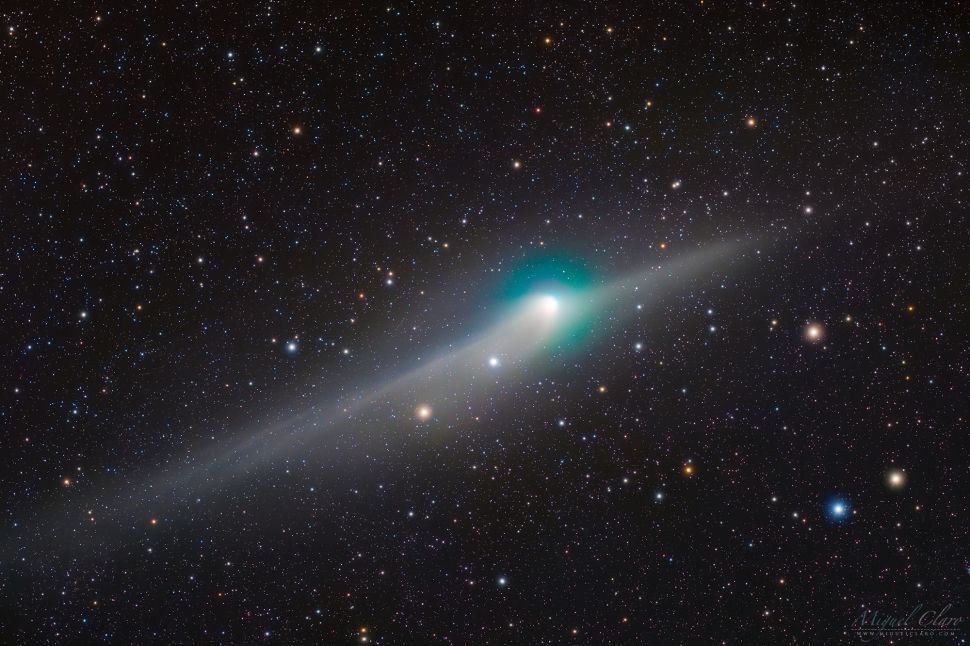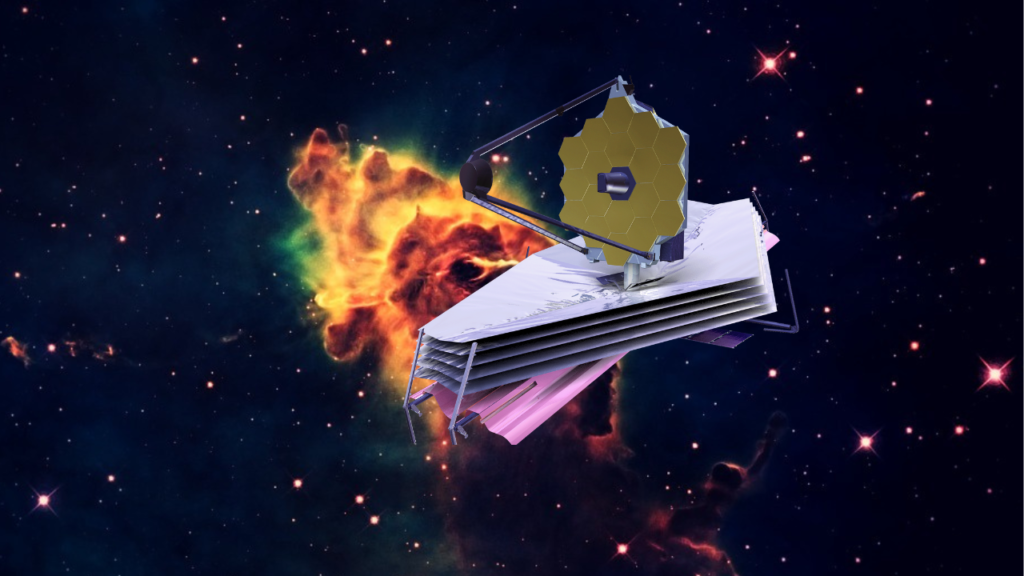
Miguel Claro (opens in new tab) is a professional photographer, author and science communicator based in Lisbon, Portugal, who creates spectacular images of the night sky. As a European Southern Observatory Photo Ambassador (opens in new tab) and member of The World At Night (opens in new tab) and the official astrophotographer of the Dark Sky Alqueva Reserve (opens in new tab), he specializes in astronomical “Skyscapes” that connect both Earth and the night sky. Join Miguel here as he takes us through his photograph “Comet E3 ZTF Showing the Tail in Perspective and Immersed in a Colorful Starfield.”
This image shows a close-up view of comet C/2022 E3 (ZTF) on Jan. 22, 2023 immersed in a colorful starfield.
Aside from featuring a wonderful greenish coma from the glowing carbon gas being emitted from the comet, the image reveals a rare anti-tail due to the fact that planet Earth was crossing the orbital plane of C/2022 E3 (ZTF), allowing us to see the anti-tail in perspective.
The comet was photographed late in the night at a distance of 42 million miles (67 million kilometers) from Dark Sky Alqueva (opens in new tab) Observatory in Portugal. This long-distance traveler from the outer solar system hasn’t been seen this close to Earth in 50,000 years, and is moving fast against the background starry sky in this image.
On the night the image was taken, the comet was located close to constellation Draco, the Dragon, and showed a faint visual magnitude of +6.3. On Wednesday (Feb. 1), the comet will be at its closest point to our planet (known as perigee) and could eventually reach a naked eye magnitude in some locations.
This image was captured using a Takahashi FSQ-106ED telescope with an F5 focal ratio on an EM200 mount, which was auto-guided by a Asiair Pro wifi camera controller. My camera for this image is a modified Nikon D850 DSLR camera set to ISO3200.
This image was produced by combining 40 separate exposures that were captured for 200 seconds each. Total integration time was 130 minutes. Post-processing was completed in PixInsight 1.8.9-1 and Photoshop CC 2023.



